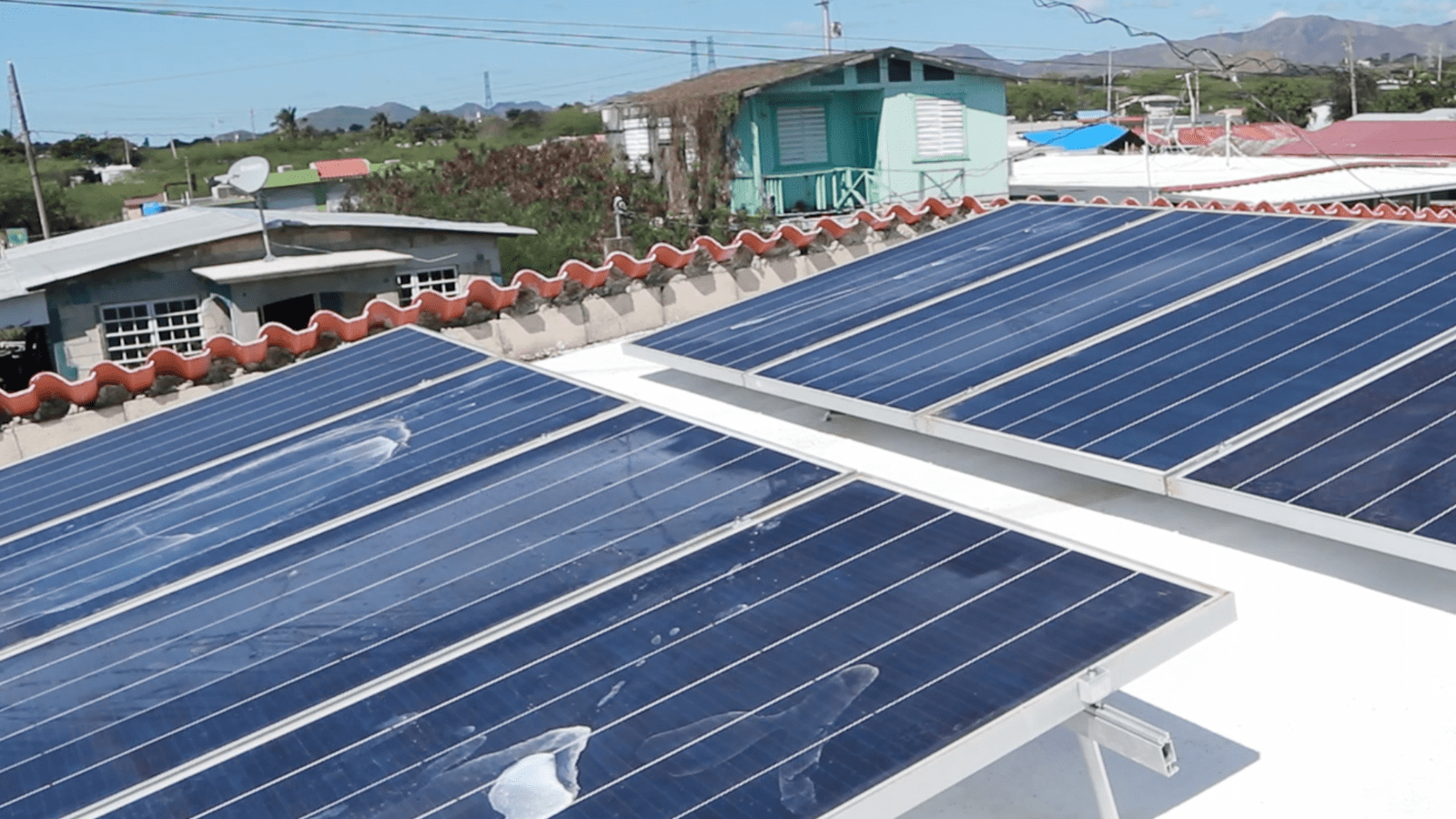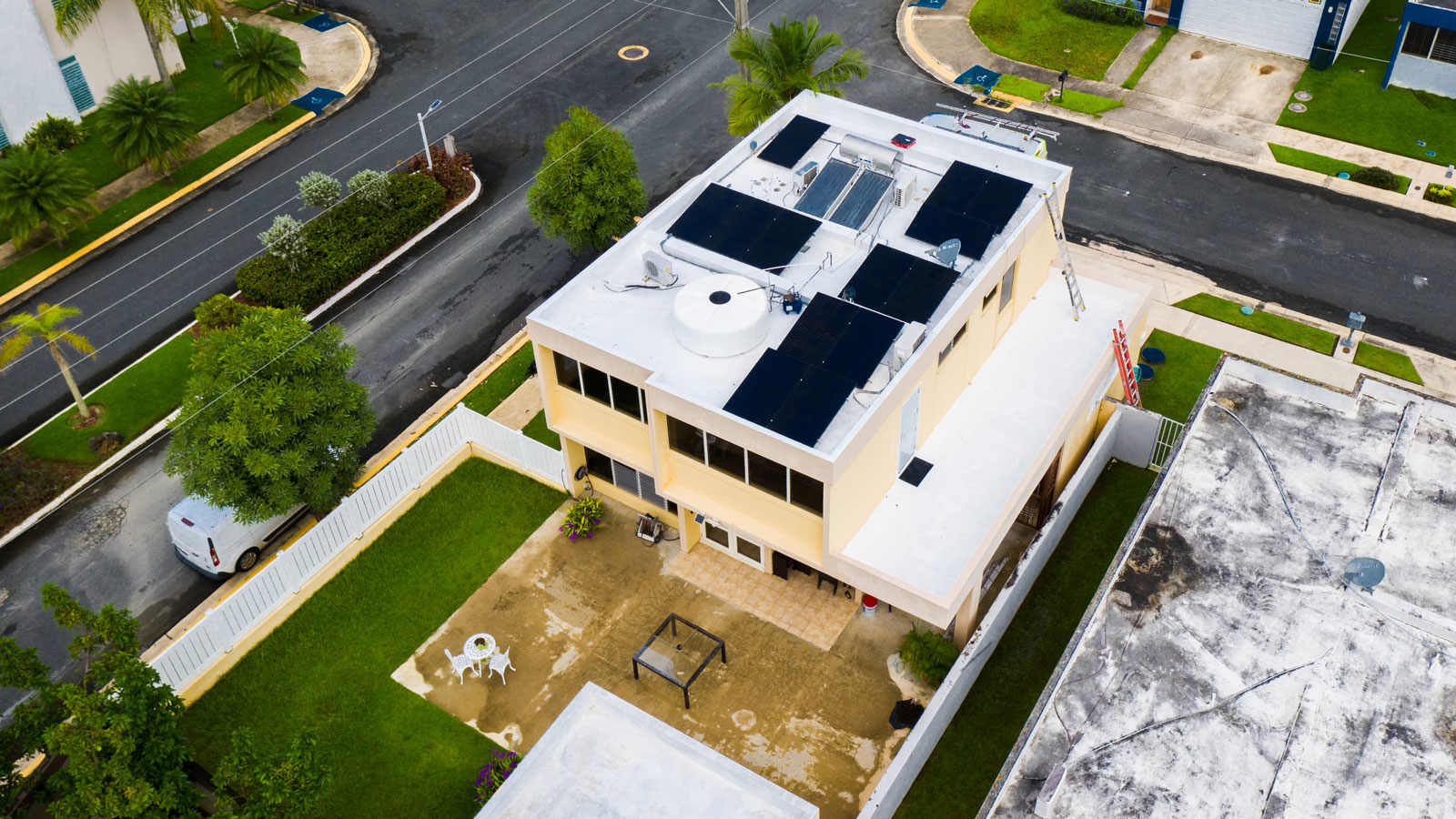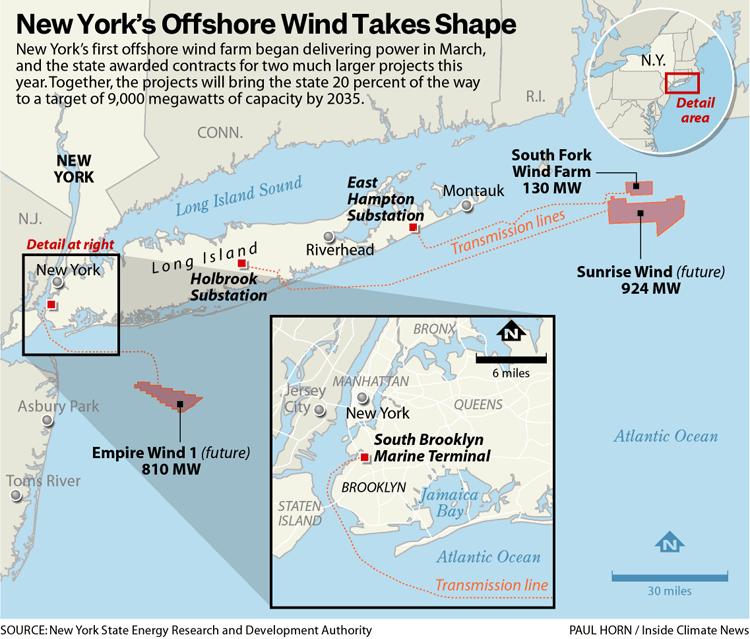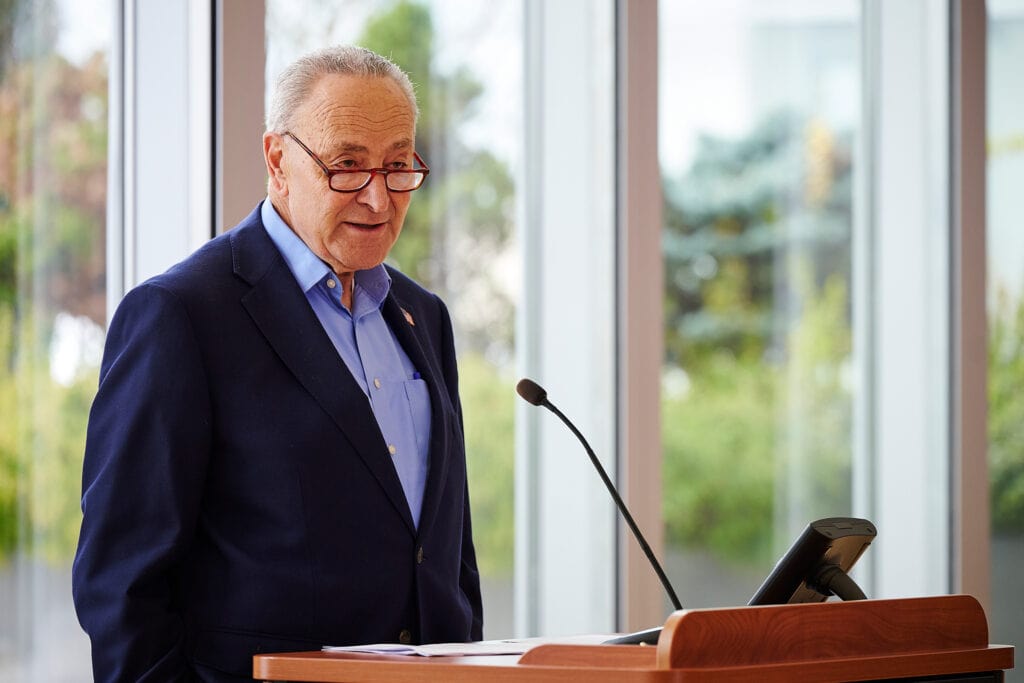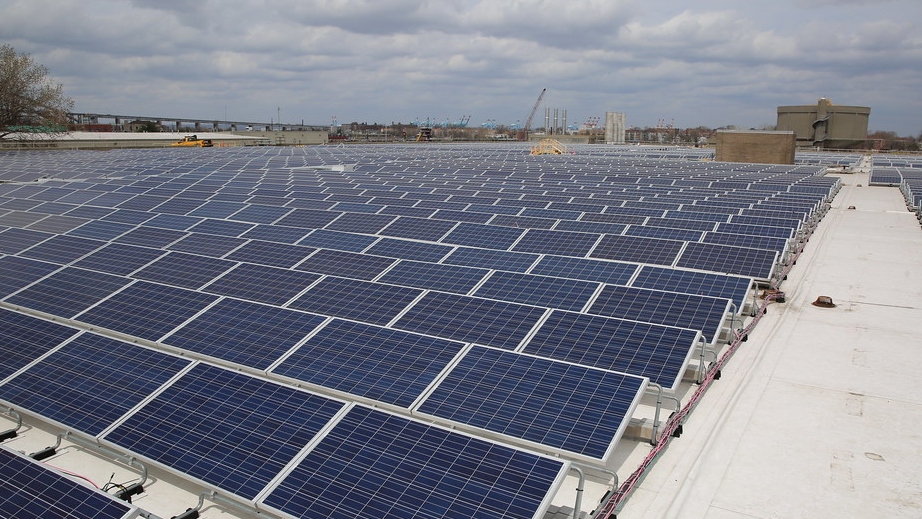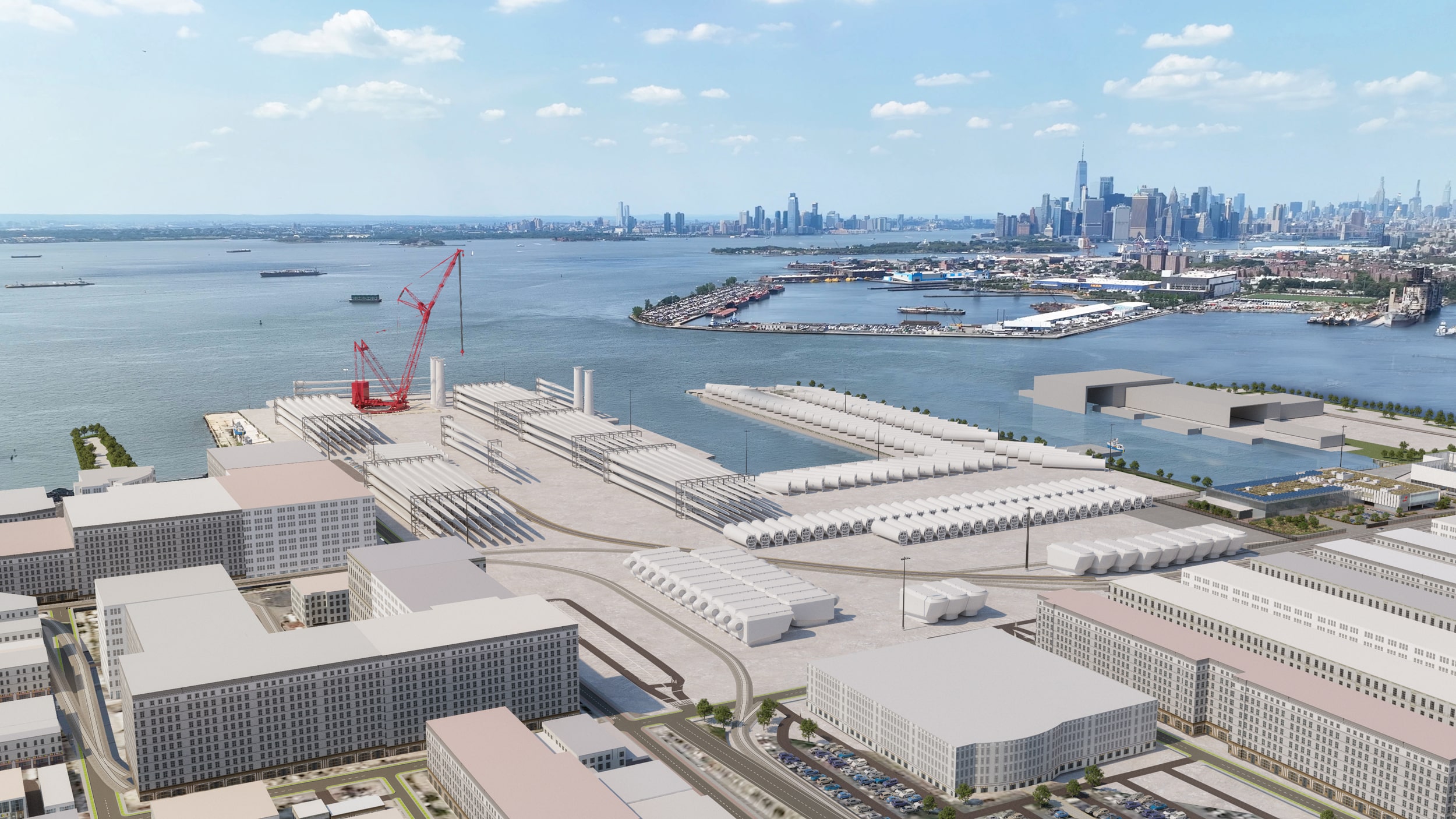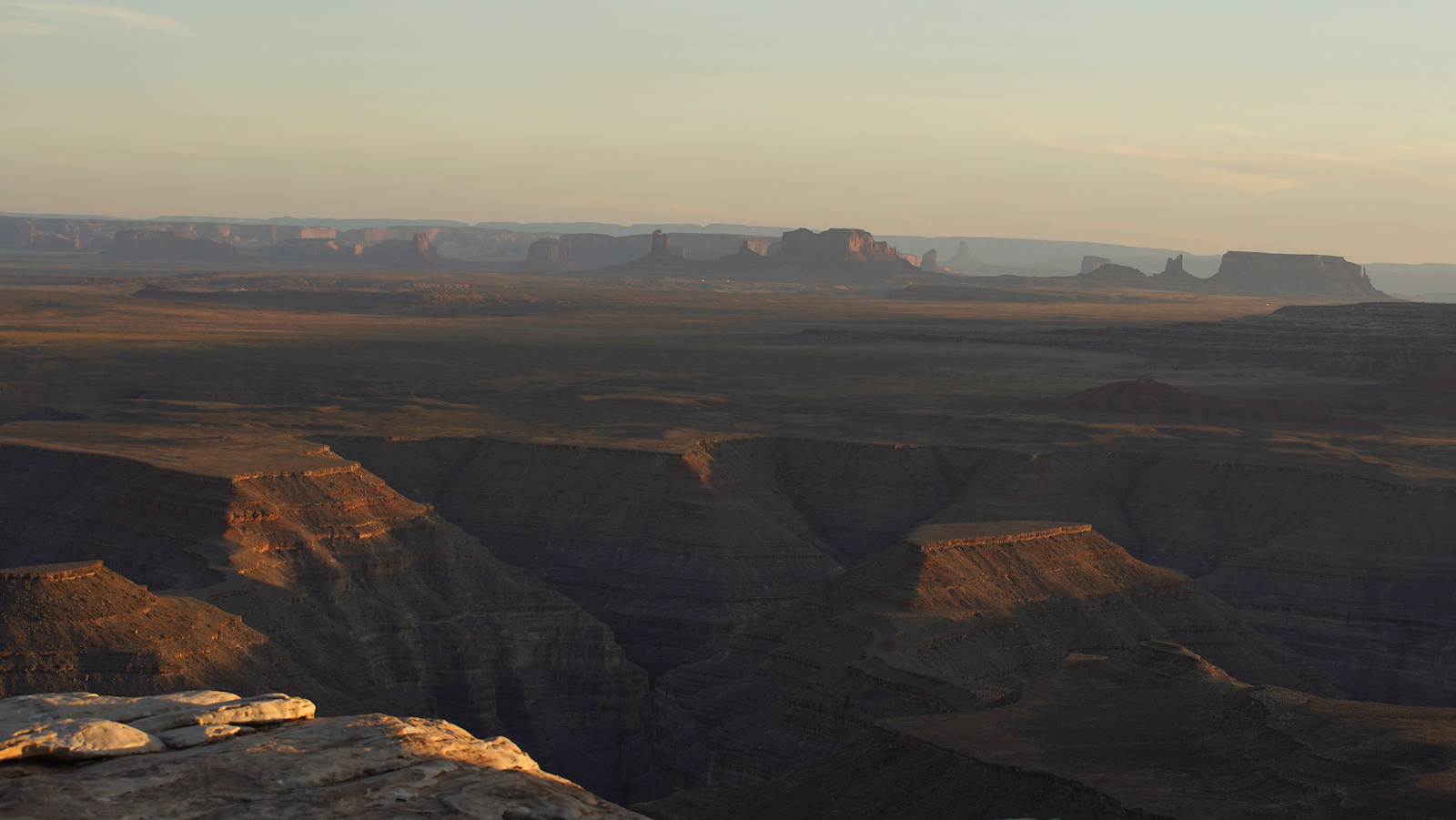In Puerto Rico, residents are flocking to rooftop solar and backup batteries in search of more reliable, affordable — and cleaner — alternatives to the central power grid. Fire stations, hospitals, and schools continue adding solar-plus-battery systems every year. So do families with urgent medical needs and soaring utility bills. The technology has become nothing short of a lifeline for the U.S. territory, which remains plagued by prolonged power outages and extreme weather events.
But a political challenge by a powerful government entity threatens to slow that progress, according to local solar advocates and Democratic members of the U.S. Congress.
The new development, they warn, could make it particularly hard for communities and lower-income households to access the clean energy technology. Puerto Rico may also lose the momentum it needs to achieve its target of generating 100 percent of electricity from renewables by 2050.
At issue is Puerto Rico’s net-metering program, which compensates solar-equipped households for the electricity their panels supply to the grid.
In January, Puerto Rico Governor Pedro Pierluisi, a Democrat, signed a bill extending the island’s existing net-metering policy through 2031, noting later that the program is key to meeting the government’s mandate to “promote and incentivize solar systems in Puerto Rico.” But the Financial Oversight and Management Board, or FOMB, is pushing to undo the new law — known as Act 10 — by claiming that it undercuts the independence of the island’s energy regulators.
The battle is brewing at a time when the U.S. government is spending over a billion dollars to accelerate renewable energy adoption in Puerto Rico, including a $156.1 million grant through the Solar for All initiative that focuses on small-scale solar. The purpose of these investments is to slash planet-warming emissions from Puerto Rico’s aging fossil fuel power plants while also keeping the lights on and lowering energy costs for the island’s 3.2 million residents.

Sunrun
In a May 17 letter, nearly two dozen U.S. policymakers urged the FOMB to preserve net metering. Among the letter-signers were some of the leading clean energy advocates in Congress, including U.S. Representatives Alexandria Ocasio-Cortez and Raúl M. Grijalva, and Senators Martin Heinrich and Edward Markey.
“Any attempt to reduce the economic viability of rooftop solar and batteries by paring back net metering should be rejected at this critical stage of Puerto Rico’s energy system transformation,” the policymakers wrote.
Today, Luma Energy, the private consortium that operates the island’s transmission and distribution systems, gives customers credits on their utility bills for every kilowatt-hour of solar electricity they provide. Those incentives help justify the costs of installing rooftop solar and battery systems, which can run about $30,000 for an average-size system, according to the Solar and Energy Storage Association, or SESA, of Puerto Rico.
Around 117,000 homes and businesses in Puerto Rico were enrolled in net metering as of March 31, 2024, with systems totaling over 810 megawatts in capacity, according to the latest public data provided by Luma.
That’s up from more than 15,000 net-metered systems totaling over 150 MW in capacity in 2019 — the year Puerto Rico adopted its 100 percent renewables goal under Act 17.
“One of the main drivers [of solar adoption] here is the search for resiliency,” said Javier Rúa-Jovet, the chief policy officer for SESA.
“But it has to pencil out economically too. And if net metering isn’t there, it will not pencil out in a way that people can easily afford it,” he told Canary Media. He said that net metering “is the backbone policy that allows people who are not rich to install solar and batteries.”
At the same time, new programs are starting to stitch all these individual systems together in ways that can benefit all electricity users on the island.
For example, the clean energy company Sunrun recently enrolled 1,800 of its customers in a “virtual power plant,” or a remotely controlled network of solar-charged batteries. Since last fall, Luma has called upon that 15 megawatt-hour network over a dozen times to avoid system-wide blackouts during emergency power events, including three consecutive days last week.
Renewables now represent 12 percent of the island’s annual electricity generation, up from 4 percent in 2021, based on SESA’s analysis of Luma data. Small-scale solar and battery installations, made affordable by net-metering policies, are responsible for the vast majority of that growth — and undoing those incentives could cause progress to stall out, as has been the case in the mainland U.S.
Until recently, Puerto Rico’s net-metering program seemed safe from the upheaval affecting other local policies. A handful of states — most notably California, the nation’s rooftop solar leader — have taken steps to dramatically slash the value of rooftop solar, often arguing that the credits make electricity more expensive for other ratepayers.
Before Governor Pierluisi signed Act 10 into law, the Puerto Rico Energy Bureau had been scheduled to reevaluate the island’s net-metering policy — a move that solar proponents worried would lead to weaker incentives.
Despite making significant progress, the territory is still far from meeting its near-term target of getting to 40 percent renewables by 2025, and many view rooftop solar and batteries as key to closing that gap.
That’s why Puerto Rico’s policymakers opted to delay the bureau’s review and lock in the existing financial incentives for at least seven more years. Under the new law, regulators can’t undertake a comprehensive review of net metering until January 2030. Any changes wouldn’t take effect until the following year, and even then they’d apply only to new customers.
However, in April, the Financial Oversight and Management Board urged the governor and legislature to undo Act 10 and allow regulators to study net metering sooner. When that didn’t happen, the board made a similar appeal in a May 2 letter, threatening litigation to have the law nullified.
The FOMB was created by federal law in 2016 to resolve the fiscal crisis facing Puerto Rico’s government, which at one point owed $74 billion to bondholders. The board consists of seven members appointed by the U.S. president and one ex officio member designated by the governor of Puerto Rico. The entity has played a central and controversial role in reshaping the electricity system — which was fragile and heavily mismanaged even before 2017’s Hurricane Maria all but destroyed the grid.
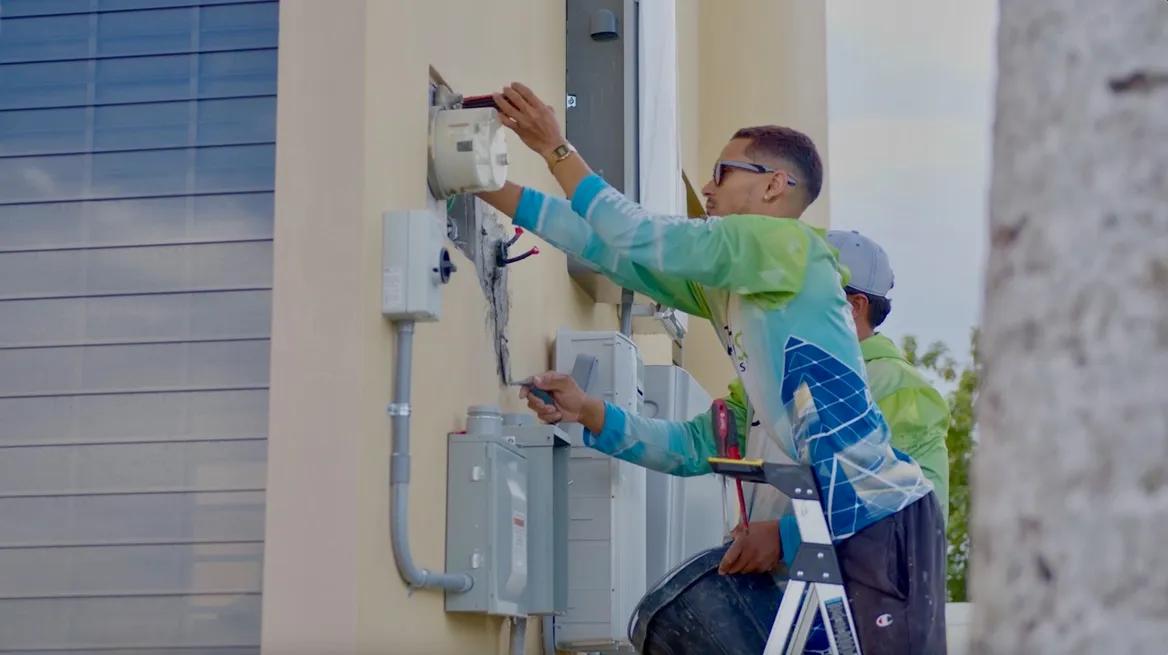
According to the FOMB, Act 10 is “inconsistent” with a fiscal plan to restructure $9 billion in bond debt owed by the state-owned Puerto Rico Electric Power Authority, which makes the money to pay back its debt by selling electricity from large-scale power plants. Act 10 also “intrudes” on the Puerto Rico Energy Bureau’s ability to operate independently, the board wrote, since it prohibits the bureau from studying and revising net metering on its own schedule.
“Puerto Rico must not fall back to a time when politics rather than public interest … determined energy policy,” Robert F. Mujica Jr., FOMB’s executive director, wrote in the letter.
While the board said it “supports the transition to more renewable energy,” its members oppose the way that Puerto Rico’s elected officials acted to protect what is one of the island’s most effective renewable-energy policies.
In recent days, solar advocates, national environmental groups, and Democratic lawmakers in Puerto Rico and the U.S. Congress have moved swiftly to defend Puerto Rico’s net-metering extension. They claim that efforts to undo Act 10 are less about upholding the bureau’s independence and more about paving a way to revise net metering.
“For the board to basically attack net metering really goes against what my understanding was for their creation, which was to look out for the economic growth of the island,” said David Ortiz, the Puerto Rico program director for the nonprofit Solar United Neighbors.
The renewables sector in Puerto Rico contributes around $1.5 billion to the island’s economy every year and employs more than 10,000 people, according to the May 17 letter from U.S. policymakers.
Ortiz said his organization “is really counting on net metering” to support its slate of projects on the island. Most recently, Solar United Neighbors opened a community resilience center in the town of Cataño, which involved installing solar panels on the roof of the local Catholic church. The nonprofit has also helped residents in three neighborhoods to band together to negotiate discounted rates for solar-plus-battery systems on their individual homes.
Javier Rúa-Jovet of SESA noted that net metering has already undergone extensive review. That includes a two-year study overseen by the U.S. Department of Energy, known as PR100, which analyzed how the island could meet its clean energy targets. The study suggests that net metering isn’t likely to start driving up electricity rates for utility customers until after 2030, the year the Energy Bureau is slated to revisit the current rules. PR100’s main finding, which is that Puerto Rico can get to 100 percent renewables, assumes the current net-metering compensation program continues until 2050.
The fiscal oversight board has requested that legislation to repeal or amend Act 10 be enacted no later than June 30, the last day of Puerto Rico’s current legislative session. After that point, the FOMB says it will take “such actions it considers necessary” — potentially setting the stage this summer for yet another net-metering skirmish in the U.S.
Should policymakers heed the FOMB’s demands, advocates fear it could become harder to develop clean energy systems, particularly within marginalized communities that already bear the brunt of routine power outages and pollution from fossil-fuel-burning power plants on the island.
“In a moment where the federal government is investing so much money to help low-income communities access solar, the FOMB on the other side trying to affect that just doesn’t make sense,” Ortiz said.
This story was originally published by Grist with the headline Puerto Rico’s rooftop solar boom is at risk, advocates warn on May 26, 2024.

